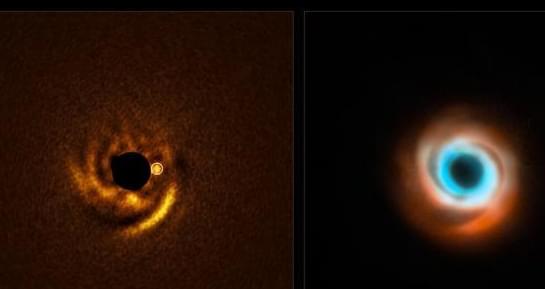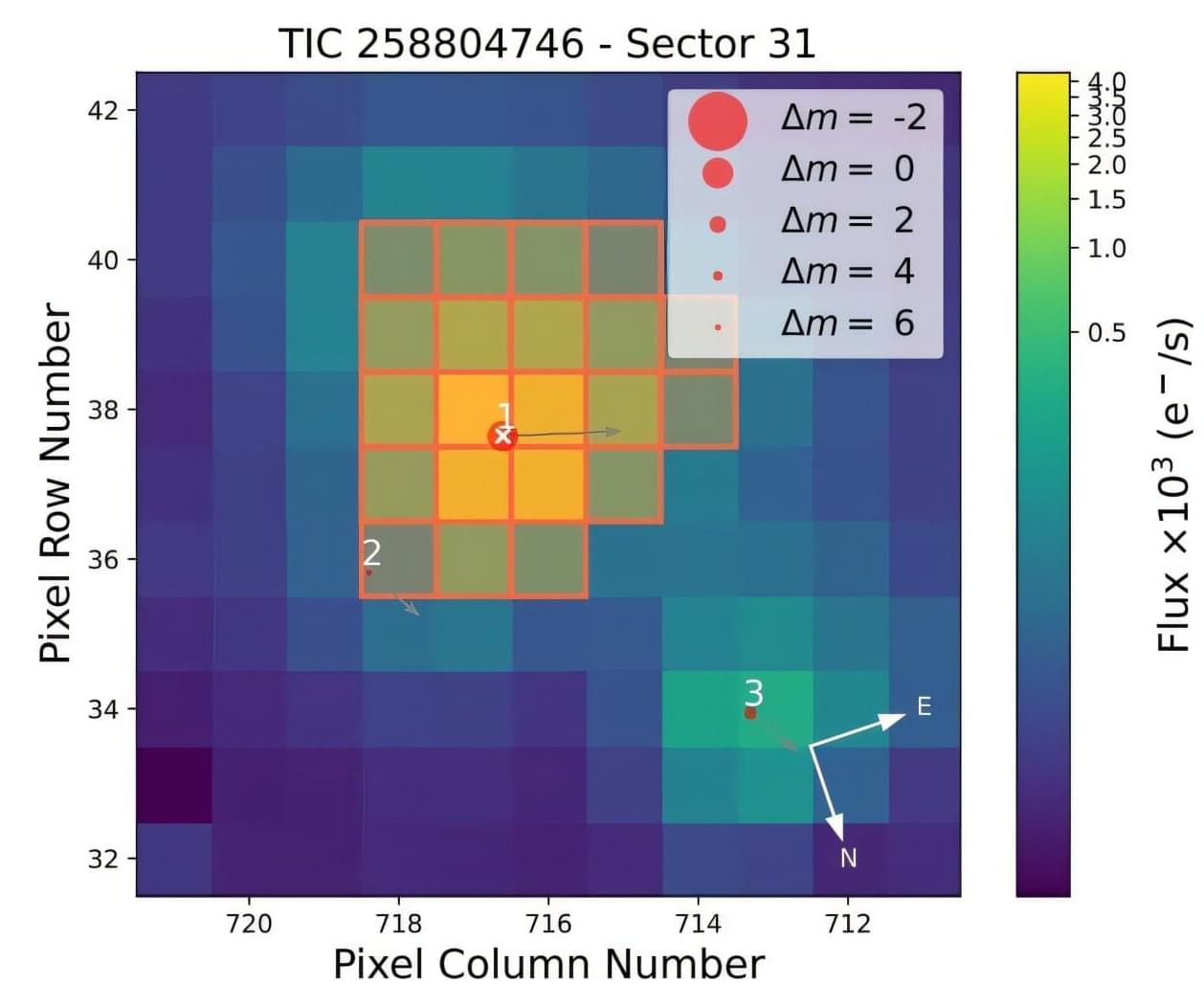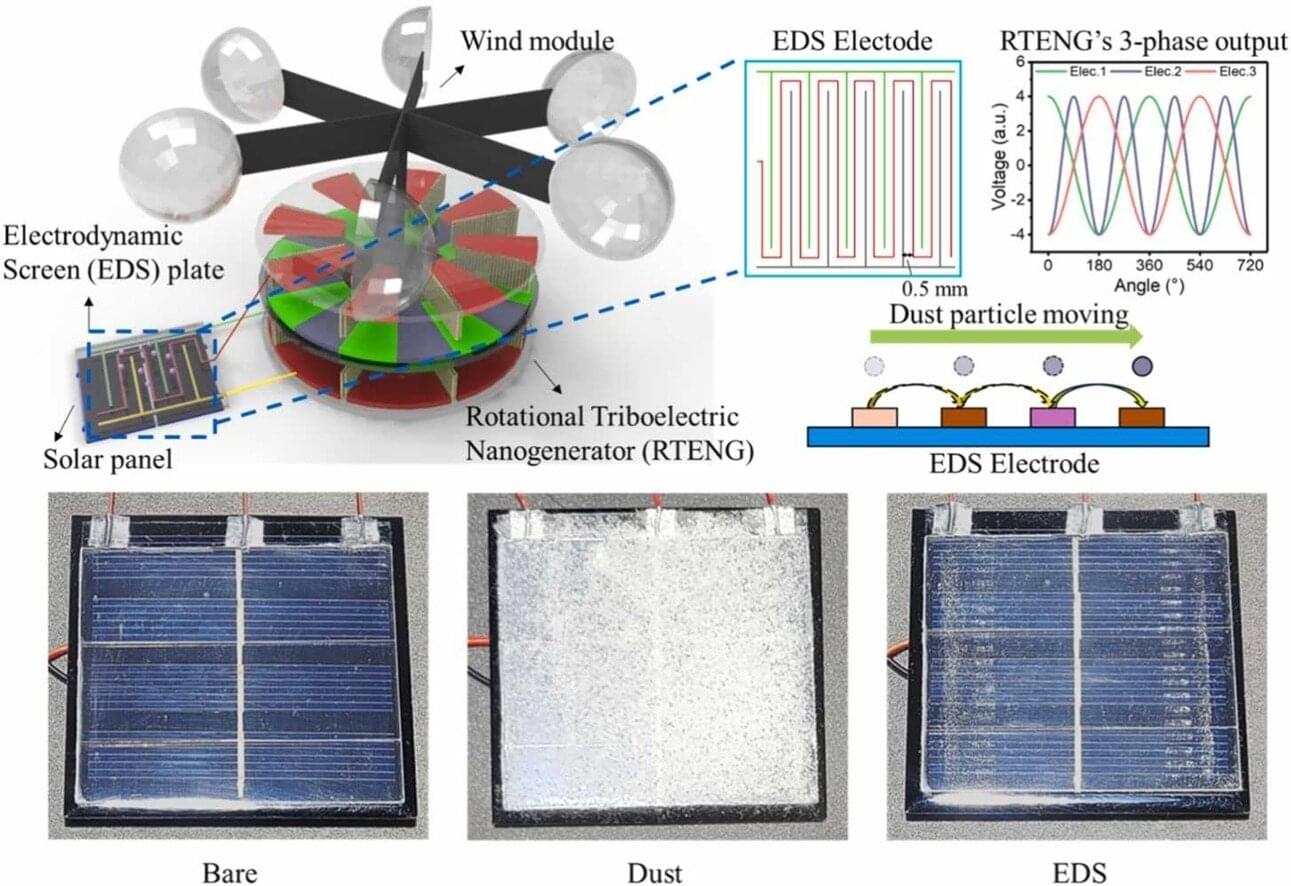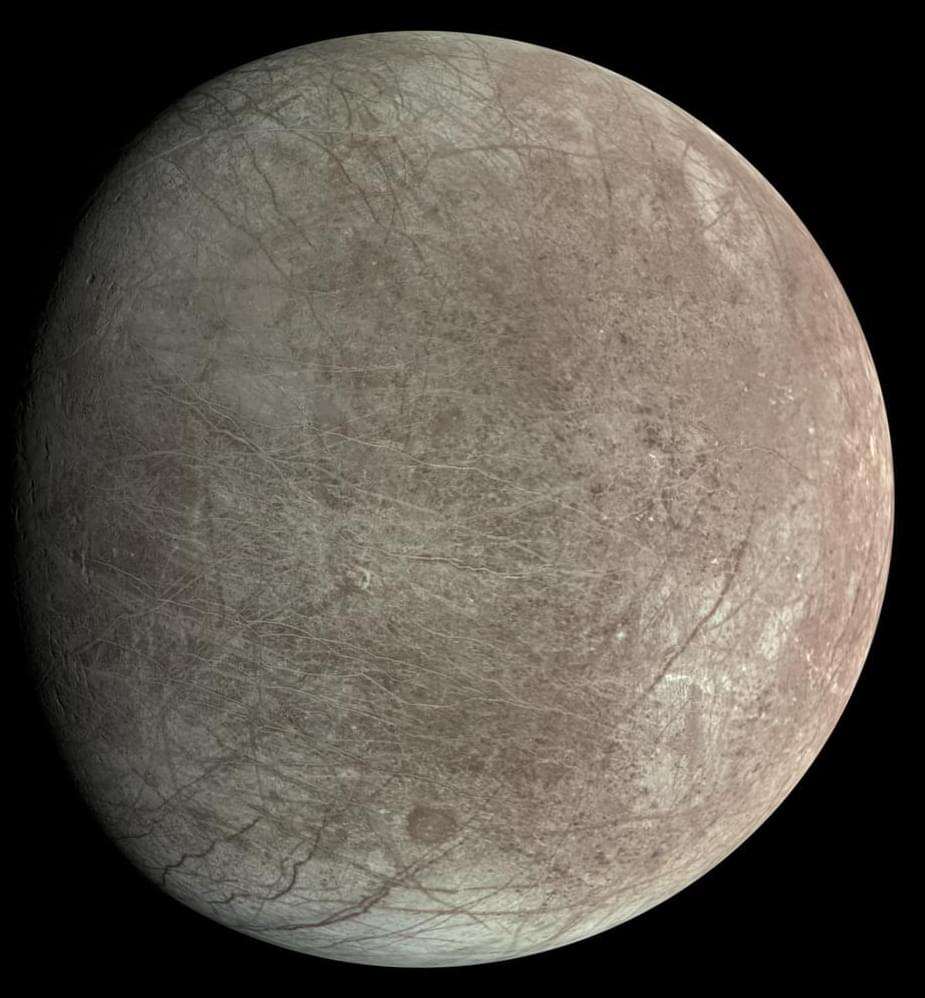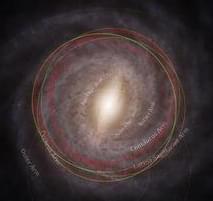Questions to inspire discussion.
🍳 Q: What can diners expect in terms of food quality? A: The diner emphasizes local sourcing, natural ingredients, and fresh in-house preparation, with a menu designed by Eric Greensman, a professional chef.
Unique Offerings.
🤖 Q: What unique attractions does the Tesla diner offer? A: The diner showcases a fully functional Optimus robot on display and offers Tesla merchandise for purchase.
🍗 Q: Are there any special menu items or services? A: The diner features a self-service club with fried chicken and waffles, a souvenir cup for purchase, and a Tesla burger on the menu.
Practical Amenities.
